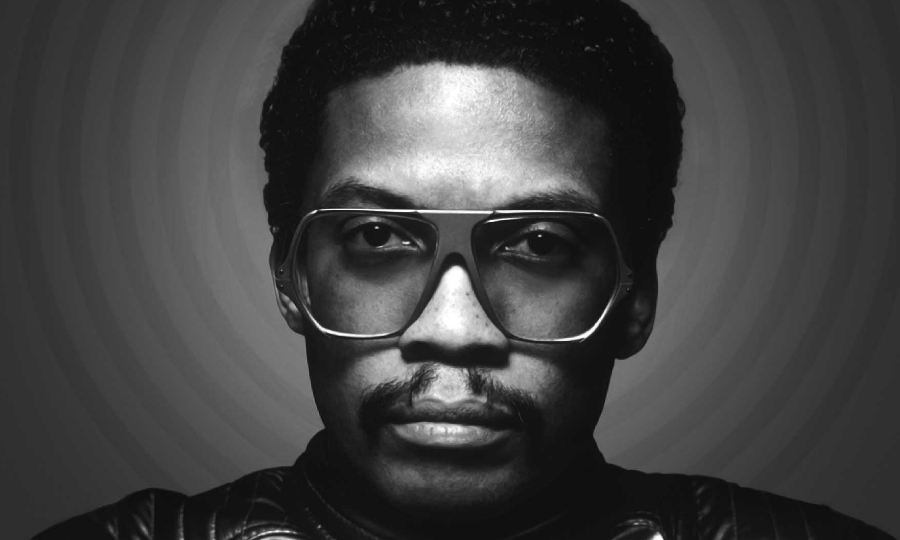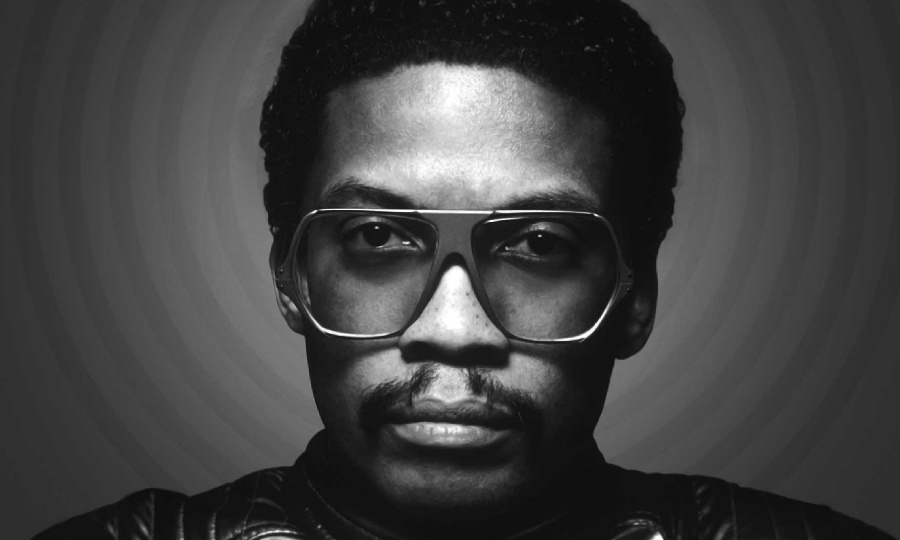Herbie Hancock has always been an innovator. From his time with Blue Note Records and the Miles Davis Band to the revolutionary Head Hunters, he was pushing boundaries and making a name for himself.
Despite this he will always be one of the most controversial figures in jazz, much like his employer and mentor Miles Davis. While Davis charged forth relentlessly and never looked back until the very end, Hancock zigzagged. Carving his own path of electronic, acoustic jazz, funk-fusion, and modern classical.
Grounded by Bill Evans and Chis Anderson, Herbie Hancock’s piano and keyboard voicings are entirely his own. His suave harmonics and complex rhythmic signatures made him one of the most imitated and sampled artists of all time.
Taking up the piano at age seven, Hancock quickly became known as a prodigy, soloing in his first movement on a Mozart piano concerto with the Chicago Symphony at the age of 11. After Donald Byrd invited him to join his group in New York City in 1961, Blue Note Records offered him a solo contract.
His debut album Takin’ Off did just that thanks to opening track Watermelon Man. In May 1963, Miles Davis invited Herbie to join his band for the Seven Steps to Heaven sessions. Hancock’s solo career flourished with Blue Note, recording seven albums in seven years including the legendary Empyrean Isles (1964) and Maiden Voyage (1965).

When Herbie Hancock entered the Miles In The Sky sessions he was set on a trajectory that would change jazz-fusion forever.
The Day He Went Electric
In Columbia Studio B on East 52nd Street in New York, Herbie Hancock entered to find his instrument missing. It was the third and final day of recording Miles Davis’ transitional record Miles in the Sky.
Hancock was confused as Davis nodded towards a small, feeble looking set of keys that paled in comparison to the grandeur and presence of a Steinway. Instead Herbie was looking at a Fender Rhodes electric piano and abruptly thought to himself, “You want me to play that toy?”
Miles Davis was his trusted mentor and respective visionary as the pair had been working together almost five years to the day on May 15, 1968. It was the experimental jazz pioneer Sun Ra who first used the electric piano in 1954. Yet it would soon become a defining element in Hancock’s groundbreaking blend of jazz, electro, and funk.
The first track Hancock laid down on the Rhodes was Stuff, the opening tune on Miles In The Sky. The colossal track clocks in at 16:58 demonstrates a massive and instantaneous shift for Herbie from acoustic to electric. As indeed the Fender Rhodes electric piano was a state of the art instrument, Herbie quickly tiptoed around the notes and mastered it within a quarter of an hour, the evidence is there.
Hancock said of that day in Studio B: “I learned a big lesson … don’t come to a conclusion on something based on someone else’s opinion. Form your own.”
One year after Miles In The Sky, Hancock left the Davis’ group to further his solo exploration. The sublime In A Silent Way was the final album he did with Miles, going out on a bang. Hancock formed a sextet that soon became one of the most innovative jazz ensembles of the epoch. One of the most notable sounds he designed was derived from putting a synthesizer to a fuzz-wah and clavinet. This was likely Hancock’s most experimental period as we would compose some extremely elegant and successful avante-garde grooves at the height of the Space Age.
Now let us celebrate the Chameleon himself with his 5 most essential funk-era records.
Essentials
Head Hunters (1973)
Perhaps Herbie’s most ubiquitous album, Head Hunters, was a return to the “lighter stuff” after a run of experimental albums. While many say that Miles Davis’ Bitches Brew was aimed at a white audience, Head Hunters was all black, incorporating a wide range of jazz, funk, African and Afro-Carribbean music.
Thrust (1974)
Thrust was Hancock’s follow up to the monumental Head Hunters, and almost replicated its commercial success, peaking at #13 on the Billboard 200 Charts. This was surprising considering its heightened complexity, adding a good dose of ferocity to an already well-oiled funk machine.
To top it off, the line-up remains effectively the same as in Head Hunters with the exception of drummer Mike Clark replacing Harvey Mason.
Mwandishi (1972)
In the late ’60s and early ’70s, Hancock adopted a Swahili name, Mwandishi. The transformation unsurprisingly came with a new turn in musical direction, leaving far behind the traditional jazz template.
It was predominantly done to avoid people referencing jazz and Hancock who was, at the time, “the most honoured pianist in pop music.”
Mr. Hands (1980)
Unfairly overlooked upon release, Mr. Hands is now recognised as one of the best albums of the era. Not only that, it was Herbie Hancock’s 30th album, a mammoth achievement for the jazz prodigy now comfortably living up to the title.
Mr. Hands also features all five members of the original Head Hunters quintet, as well as showcasing bassist Jaco Pastorius playing on 4 A.M.
Future Shock (1983)
With Future Shock, Herbie Hancock busted open jazz in ways that no one could have expected. Future Shock used hip-hop before it even begun to reach the mass market.
While the confluence of hip-hop, electronica, and deep jazz may sound like a novelty, it’s not. This is a crucial Herbie Hancock record and proof that he continued to innovate more and more each decade.



